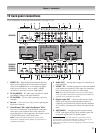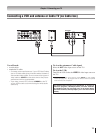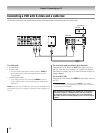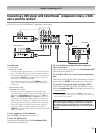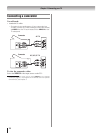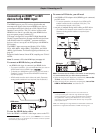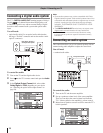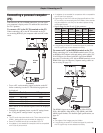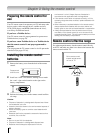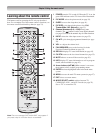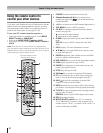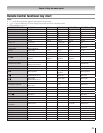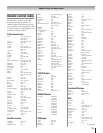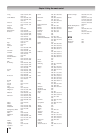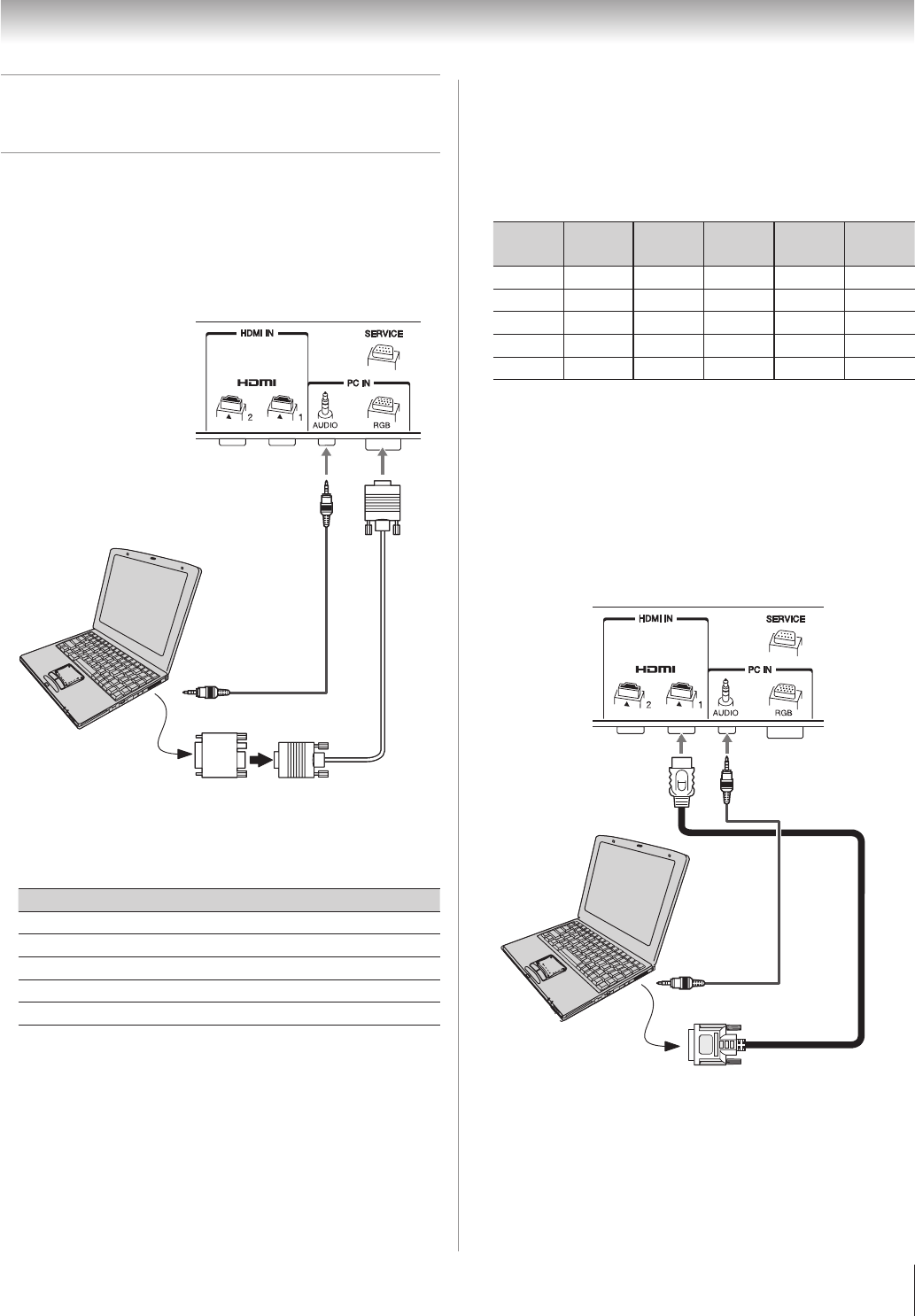
Chapter 2: Connecting your TV
19
Connecting a personal computer
(PC)
With either the PC IN or HDMI connection, you can watch
your computer’s display on the TV and hear the sound from
the TV’s speakers.
To connect a PC to the PC IN terminal on the TV:
When connecting a PC to the PC IN terminal on the TV,
use an analog RGB (15-pin) computer cable and a PC audio
cable.
To use a PC, set the monitor output resolution on the PC
before connecting it to the TV. The following signals can
be displayed:
Format Resolution V. Frequency
VGA 640 × 480 60Hz
SVGA 800 × 600 60Hz
XGA 1024 × 768 60Hz
WXGA 1280 × 768 60Hz
WXGA 1360 × 768 60Hz
Other formats or non-standard signals will not be displayed
correctly.
To display the optimum picture, use the PC setting feature
( “Using the PC settings feature” on page 40).
Note:
The PC audio input terminals on the TV are shared with the
HDMI 1 analog audio input terminals ( page 41).
Some PC models cannot be connected to this TV.
An adapter is not needed for computers with a compatible
mini D-sub15-pin terminal.
•
•
•
•
•
An adapter is not needed for computers with a compatible
mini D-sub15-pin terminal.
Depending on the DVD’s title and the specifications of the
PC on which you are playing the DVD-Video, some scenes
may be skipped or you may not be able to pause during
multi-angle scenes.
Signal names for mini D-sub 15-pin connector
Pin No.
Signal
name
Pin No.
Signal
name
Pin No.
Signal
name
1 R 6 Ground 11 NC
2 G 7 Ground 12 NC
3 B 8 Ground 13 H-sync
4 NC* 9 NC 14 V-sync
5 NC 10 Ground 15 NC
*
NC=Not connected
If connecting a certain PC model that signal is particular,
the PC signal may not be detected correctly.
To connect a PC to the HDMI terminal on the TV:
When connecting a PC to the HDMI terminal on the TV, use
an HDMI-to DVI adapter cable and analog audio cables ( PC
IN AUDIO port just shared with DVI signal from HDMI1
port only). If connecting a PC with an HDMI terminal, use an
HDMI cable (type A connector). Separate analog cables are
not necessary ( page 17).
The HDMI 1 input can accept and display VGA, SVGA,
XGA, 480i (60Hz), 480p (60Hz), 720p (60Hz), and 1080i
(60Hz) signal formats. For detailed signal specifications, see
page 49.
Note:
The edges of the images may be hidden.
If connecting a certain PC model that signal is particular,
the PC signal may not be detected correctly.
•
•
•
•
•
•
Computer
PC audio
output
PC audio
cable
Conversion adapter
(if necessary)
Computer
PC audio
output
PC audio
cable



